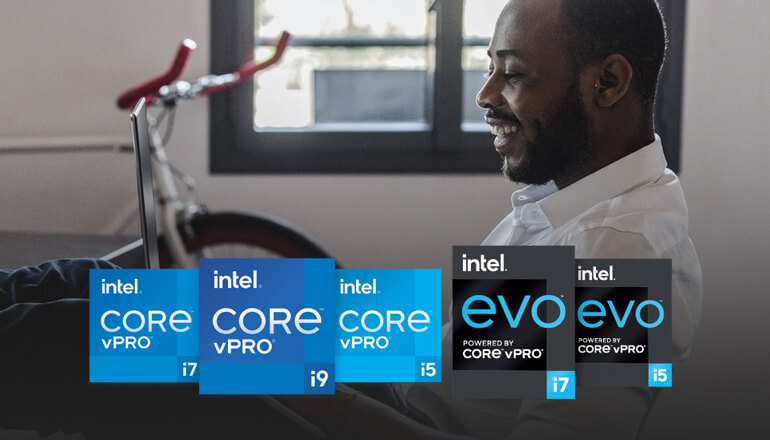Figure 1, above, illustrates that the size of the hybrid (public/private) cloud market worldwide (in billion U.S. dollars), was 25.28 in 2014, will reach 40.8 in 2017, and has a projected size of 91.74 in 2021. This growth isn’t surprising. Businesses that use a hybrid cloud approach get the best of both the private and public cloud — a system that balances scalability and control. But many SMBs are still hesitant about hybrid cloud adoption because of security threats, the belief that the promise of the cloud is either out of reach or not applicable to them, or that the investment process is too costly, difficult or lengthy.
Hybrid cloud fable: The cloud is risky businesses
The biggest myth surrounding cloud computing is that it’s not as secure as keeping files on premises. Can someone else’s server really be secure? 50% of respondents from the Harvard Business Review survey don’t think so; but the reality is that SMBs don’t have the resources or expertise necessary to provide effective security policies, run operations and manage everything in between.
Cloud providers specialize in storage and allocate capital expenditure toward cybersecurity practices. With security as their sole focus, they use micro-segmentation to detect threats and encryption ciphers to ensure sensitive data is protected from hackers — a more powerful approach than what SMBs are typically capable of achieving on their own.
Hybrid cable fable: The cloud is a pricey partner
27% of respondents from the Harvard Business Review survey said that the cost of changing over from current systems is the biggest barrier to cloud adoption while 24% said that the cost of cloud services in general is a deal breaker. What really seems to stack up is actually the cost of training employees to successfully integrate and manage a hybrid cloud environment. Once training is complete, the monetary benefits that come from increased business agility, efficiency, accessibility and flexibility may be worth the initial cost.
Additional long-term, cost saving opportunities can be found in the following areas:
- Maintenance: Alleviate maintenance costs by no longer having to dedicate resources to build and manage existing or outdated equipment onsite.
- Capital investment: Pay-as-you-go with a software model that ensure you’re only charged for what you use, enabling investment in other business operations.
- Productivity: Instantly connect to critical applications anytime and anywhere for better, secure collaboration and increased productivity.
- Labor: Outsource services to reduce demand for in-house IT staff, creating more time for them to focus on driving the business.
Hybrid cloud fable: The cloud is a hassle
Legacy systems pose more complications in areas such as IT implementation time, user experiences, innovation, data management, flexibility and more. But some SMBs believe that the hybrid cloud adoption process takes too long. According to Rackspace, “while some cleansing and architecture revisions may be required…migrating to the cloud should be relatively pain free”. When you partner with the right provider — one that asks all the right questions — the process is seamless with minimal downtime. Once everything is set up, you’ll enjoy fewer upkeep requirements on your end and greater market flexibility.
It’s also important to remember that each business will have unique sets of requirements. The approach that is frustrating or time consuming, may very well not be the right one for you. Once you find a trusted partner who is willing to tailor cloud services for your business objectives, the benefits will be substantial.









